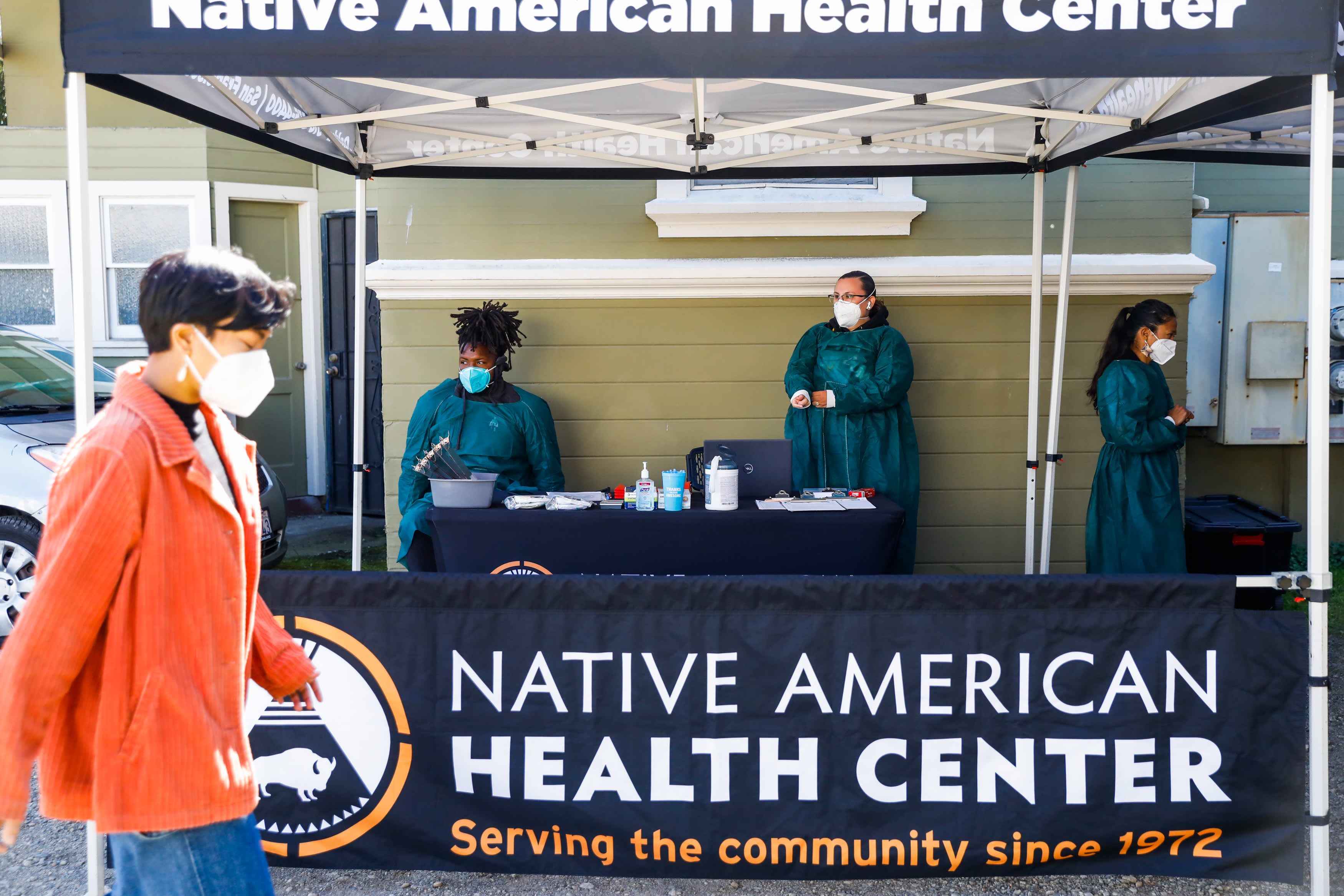How federally guaranteed health care for Native Americans works in the U.S.

American Indians and Alaska Natives are entitled to federally funded health care under treaties negotiated between tribal nations and the U.S. government.
“Our treaties say that we have a right to health care provided by the federal government,” said Abigail Echo-Hawk, an enrolled member of the Pawnee Nation of Oklahoma and the executive Vice President of Seattle Indian Health Board. “This is meant to be quality health care provided to enrolled members of federally recognized tribes to health care free of charge in that we already paid for it with the land that the United States is on.”
But according to a 2018 report from the independent and bipartisan Commission on Civil Rights, the U.S. government has not adequately funded these programs, leaving many indigenous communities without the ability to provide quality care.
“If we don’t get the resources that we need, it’s always going to be a struggle for us to begin to address the underlying health conditions that were built as a result of the colonial oppression and suppression of both our health and our economic prosperity within Indian country,” Echo-Hawk said. “Until we see full funding of the Indian Health Service, we’re always going to be struggling to do more than just provide the immediate needs of our people.”
In an emailed statement sent to CNBC, the Indian Health Service said it had received “historic investments” of more than $9 billion since the start of the Covid-19 pandemic “to address long-standing health inequities experienced by American Indians and Alaska Natives by ensuring a comprehensive public health response to the ongoing Covid-19 pandemic.”
Watch the video above to learn how federally funded health care for American Indians and Alaska Natives works, and why many activists and experts would like to see the system reformed.




